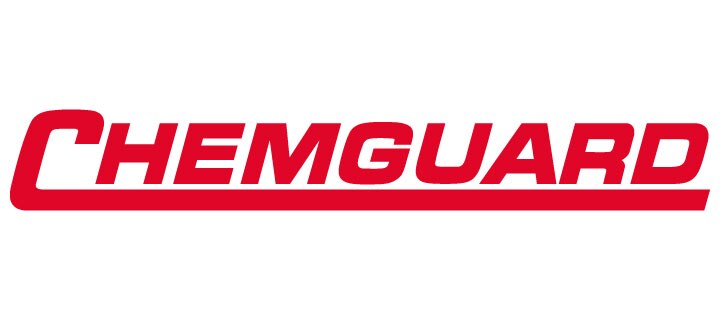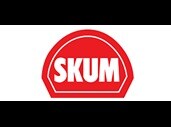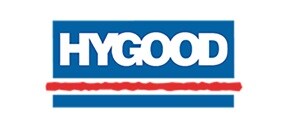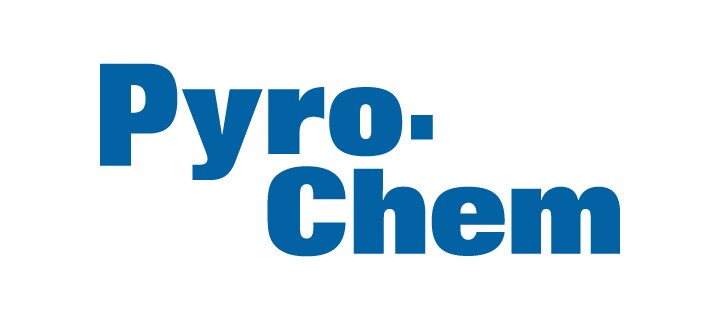- Johnson Controls
- Insights
- A cool evolution: From ice blocks to efficient, advanced cooling
A cool evolution: From ice blocks to efficient, advanced cooling
Over the years, Johnson Controls York has dramatically enhanced comfort in buildings across the world through a wide variety of innovations, including ice machines, refrigeration systems, and heating and air conditioning products.

Over the years, Johnson Controls York has dramatically enhanced comfort in buildings across the world through a wide variety of innovations, including ice machines, refrigeration systems, and heating and air conditioning products.

Prior to the 19th century, there were many attempts to artificially cool the air in buildings. These included utilizing snow, cold water, evaporative cooling and even large blocks of ice1.
Cooling buildings with blocks of ice
Ice was used in many cooling technologies at that time. In fact, even today’s refrigerators evolved from ice boxes, where a large block of ice was held in a compartment near the top of the box, allowing cold air to circulate down to the storage compartments below.
But how did this approach work to keep larger spaces cool? Well, quite often, electric fans were strategically placed above large blocks of ice so that they could blow cool air throughout the space. As you can likely imagine, this method varied in its success.
From the ice age to the chill age
In Washington, where humidity can be a problem, they knew they needed a better solution. Coincidentally, York Ice Machinery Corporation (now Johnson Controls York) had been developing a solution for this very problem for a number of years. When this became known in Washington, history was set in motion.
On October 1, 1937, the refrigerating equipment installation was completed in the new United States Capitol Power Plant, providing air conditioning to the U.S. Capitol Building, the Senate Office Building and the two House Office Buildings in Washington, D.C. This meant lawmakers, politicians and all other building occupants could beat the summer heat and work in relative comfort all year round.2
Cool innovations continue
Back in 1937, our HVAC equipment had a cooling capacity of approx. 60 million BTU/hr, equivalent to melting a seven-story block of ice every 24 hours. These days, a single Johnson Controls York chiller can achieve that same output, while using 40% less energy.
HVAC systems typically consume the most energy in commercial buildings3, so selecting the right industry-leading systems that can deliver indoor comfort, operational savings and efficiency is a key ingredient in a smart building.
Johnson Controls offers the largest portfolio of HVAC equipment in the world, always engineered to maximize energy efficiency. See the whole portfolio here >
----
2https://www.senate.gov/artandhistory/senate-stories/cooling-off-the-senate.htm
3EnergyStar.gov, Commercial Real Estate: An Overview of Energy Use and Energy Efficiency Opportunities

























.png?la=en&h=70&w=157&hash=717A494A27ED61C45CEF95AC3A9C6309)






































